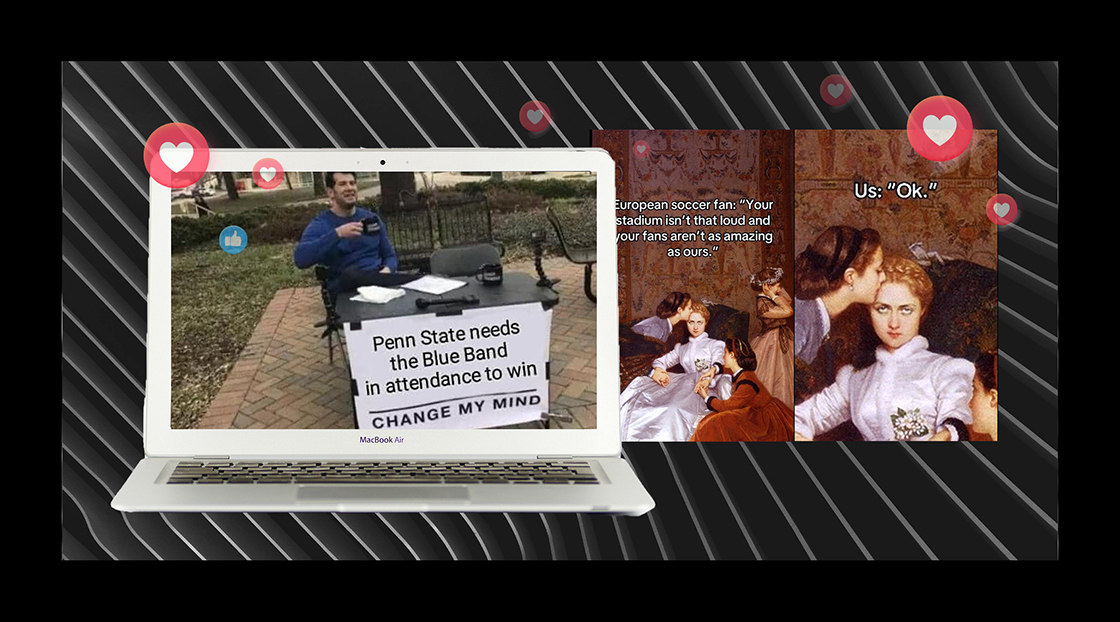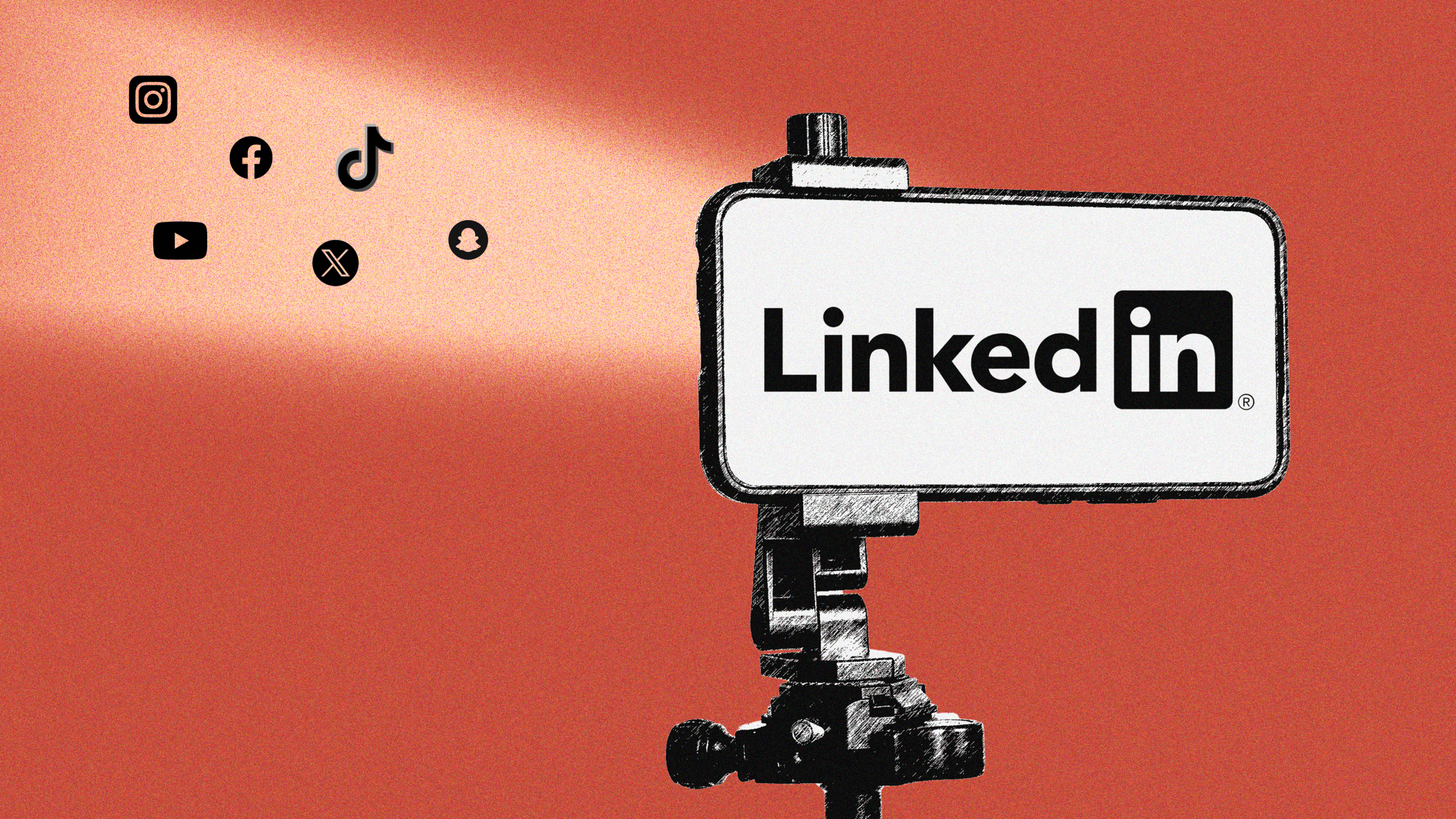Despite being what some would call “perpetually online” and the in-the-know nature of my job, my knowledge of current meme culture is probably somewhere in the middle of the pack. Like all who age and invariably get disconnected from of-the-moment culture, my pace is slowing with every passing day. This means that meme-centered content decisions that used to be no-brainers now cause anywhere between a half-second to a full second of pause before pressing send.
This article is about what’s happening during that brief pause, or to put it a better way, what I’m asking myself in the window between finding a meme and publishing said meme on official channels.
Question 1: How old is this meme?
Depending on the platform, a meme’s lifespan is closer to that of a mayfly than that of a turtle. If you find one you like — before anything else — figure out how many days the meme has been in use and get a sense of the current volume of use. The first rule of the internet is you can’t be late with memes, and your audience will let you know if they notice you’re pushing antiquated content.
Bonus Question: What platform are you using?
Memes on TikTok age the fastest, while Facebook and LinkedIn are the slowest to depreciate. Instagram exists somewhere in the middle. If you think that you might have jumped on a meme a bit late for TikTok, you still have some time to post on Instagram (probably up to a week). I would avoid posting memes on LinkedIn unless they are career-focused. Although Facebook Groups once had a vibrant meme community, the meme garden has gone barren as the platform ages. Please avoid. As for TikTok, I tend to stay away once a meme reaches two weeks or so, unless the most recent posts still get strong engagement.
Question 2: Who can post memes?
Short answer: anyone on your team. The long answer is you need a strategy in place that is both clear and flexible. Everyone who can post should know the goals for each platform and how those goals connect to your overall mission. On top of that, they should be confident enough to act quickly and be well-versed in your strategy and current climate to identify any potential issues. Bottlenecks are the enemy of posting successful memes, but posting offensive content is the enemy of your job security.
Question 3: What is a winning meme strategy?
This one’s easy. A winning strategy starts with identifying how your goals align with the meme’s point. If rule number one is no late memes, then rule number two is do not use a meme incorrectly! So, please be sure you understand the meme before using it.
Next, don’t get fired over a meme. This is pretty self-explanatory — and it’s the second time in three paragraphs I’ve said it — but memes don’t always align with your organization’s values. Some contain alcohol; some contain explicit language; some contain references that don’t align with your organization; and some contain forbidden lore that can only be discovered through deep research. Be careful.
Finally, establish an analytical benchmark for what makes a successful post, then use that to evaluate your memes. Not all memes will work for your audience. Some posts bloom and others bomb, having a baseline number in mind will help you to figure out what works best for you.
View this post on Instagram
Question 4: What happens if things go wrong?
A few months ago, Kendrick Lamar released a song called Euphoria and, in that song, there’s one line that I think about at least once a week: “Everybody wants to be a demon until they get chipped by a throwaway.” Now in the context of the song he’s talking about Drake, but every time I hear it, my mind goes right to social media managers and the risks we take to maximize engagement. We all want to be seen as “fun” or “human” or in some cases “unhinged,” but with any risk, the chance of something going wrong is inevitable. So, what do you do when the other shoe drops and content that wasn’t necessary (a throwaway) leads to you being hit (or chipped) with some negative consequences?
The key is to have that question answered before you even hit send. Do your best to think about all possible outcomes. Has anyone offensively used this meme? Could your post offend someone? Can it be misinterpreted? How can it be misinterpreted? Is it worth it? These questions, and probably a few more, should run through your mind like a checklist before you post.
Once It’s posted, monitor comments, shares, duets and stitches. If you notice things starting to go sideways, it’s up to you to decide whether to post a statement or delete the post. Remember, just because you delete something, doesn’t mean it’s gone. Also, the sky isn’t falling after a few negative responses. Use your judgment and play it safe.
Memes are great. They help connect with your audience, and they humanize your brand. With that said, no meme is worth creating a potential issue. Be careful. Be mindful. Be prepared. And, despite all of that, try to have some fun.
Happy meming!






